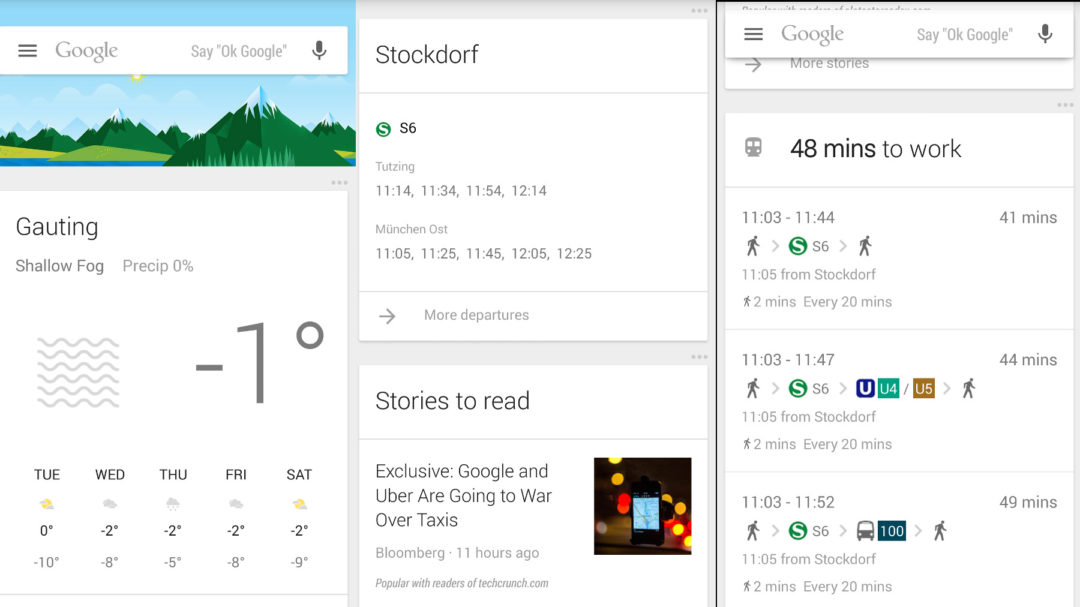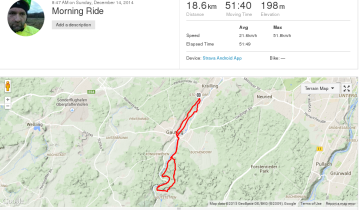
Data storytelling, data journalism, and even data fiction – since the advent of Big Data, we find data more and more as tool of narratives. With pattern recognition, exploratory data analytics, and especially with data visualization, data has re-centered from the quantitative to the qualitative.
More and more applications support us in using data to tell a story. Dashboards like Tableau or DataLion plug into our data sources and translate the numbers into a visual format that can be much more easily digested. Even highly multivariate data can deliver straightforward meaning to us when we use tools like Gephi, or say, the notorious Palantir. These tools also make social media analytics and text mining feasible techniques to research society, advertising, and markets.

Jawbone Up not only tracks our sleep. The app also shares our data in a meaningful way with our friends – like we share our thoughts on Twitter.
Our most personal data however is generated on our mobile and wearable devices. On our smartphones, wristbands, or smartwatches, some twenty sensors continuously track our behavior and our actions. There is a plenitude of apps making use of mobile data: To support our training, to guide our routes, to find friends nearby, to share images, etc. etc.

Many people already share their daily workout via apps like Strava or Runtastic. It is even quite common to let such apps automatically post your training results into your social media timeline, e.g. to Twitter or Facebook.
Apps like Jawbone Up or Strava not only track our workout, they also provide for an easy way to share what data they measured. We publish our training data the same way there, as we publish our stories on Twitter or Facebook. Our data becomes equivalent to the texts and images we post. The most highly integrated version of this data-as-story so far is Google Now.
Image on top: Google Now. Google Now follows the idea to display all kinds of information in the form of tiles, like Twitter or Facebook would display the posts of the people you follow in a timeline. Funny enough, Google obviously has no clue where my “place of work” seams to be.
Data is media not only regarding the content. Advertising which has by and large been data driven for decades is facing a major transformation. Media planning and buying – the art of placing ads in the most efficient way, i.e. optimizing effect for a given budget – is changing dramatically. About 20% of all ads are placed programmatic now. Programmatic buying means that an algorithm decides which exact user would be appropriate to watch the ad instead of buying the spot via explicit insertion order, as it used to be. The decision if a certain user would match with the campaign’s objective is made by predictions based on the users’ observed behavior. Data thus drives the ads we get displayed.
With the idea of ‘The Quantified Self‘, data starts to conquer even the concept of our identity. We are not only what we tell, how we appear, how we act voluntarily, but we are as well defined by our innards, by our bodies’ functions, the data that comes from our physical being. The concept of ‘self’ is changing by this notion, overcoming the strict separation of mind and body, of conscious and unconscious. The physical aspects of our lives now get equal credit, as being veritable part of our being ourselves.
Data is becoming integral part to our stories. It pervades through all the media. We should learn to see data as part of our lives the same way, we are used to tell about things with words.
